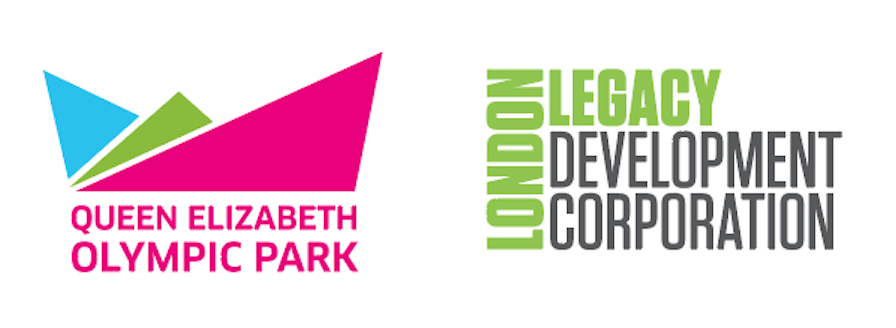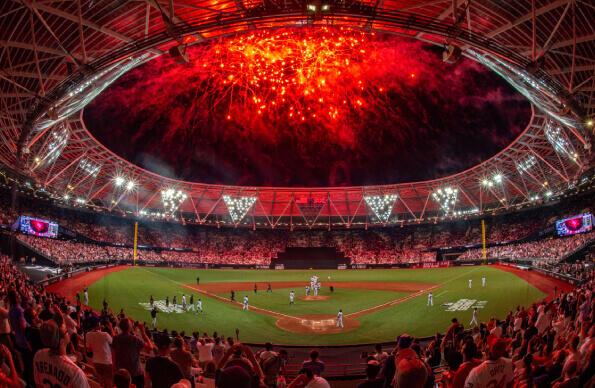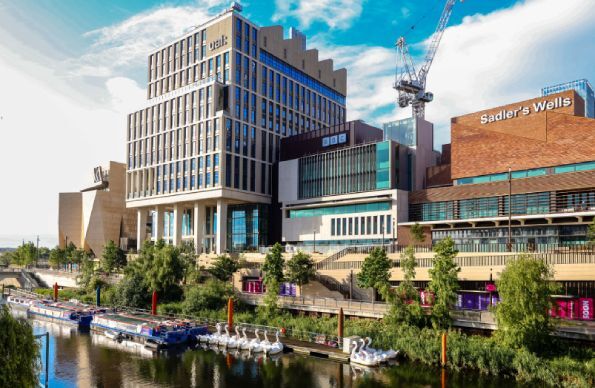Transforming the QEOP: Validating Investment and Shaping Future Planning with Footfall Data
Securing investment to create vibrant community hubs
Partnering with Huq became crucial in helping the London Legacy Development Corporation better measure and validate the success of initiatives and events at Queen Elizabeth Olympic Park.

Key takeaways from this case study
28%
increase in footfall during major events.
60%
year-on-year growth in visitor numbers.
Easier impact assessment
Huq’s footfall data allows the LLDC to more accurately measure the impact of events and investments.
Yearly growth validation
Huq has transformed the LLDC’s approach to capturing and reporting visitor data.
Better strategic planning
Huq’s data helps to foster more confidence in existing strategies.
Clearer visitor trends & insights
Visitor data is now more informative and actionable.
Client Overview
The London Legacy Development Corporation (LLDC) is responsible for overseeing the development and regeneration of the Queen Elizabeth Olympic Park (QEOP), transforming it into a vibrant destination that offers a blend of residential, educational, cultural and recreational spaces.
Following major recent investments like the East Bank Development and the opening of the University of London campus, the QEOP has become an increasingly popular destination. As a result the LLDC’s objective has shifted towards leveraging this new infrastructure to drive even more visitors to the park to ensuring its long-term success as a key London destination.

The London Stadium hosted the The Foo Fighters, New York Mets and Philadelphia Philliesy baseball teams in June 2024 attracting 34,2017 visitors.

Recent investments, such as the East Bank Development, are drawing more visitors, as confirmed by Huq’s footfall data.
The Challenge
The LLDC faced challenges in quantifying the impact of improvements and developments on footfall. The team’s traditional approach to measuring visitor numbers relied on manual aggregation of stadium attendee figures and data from cameras and sensors scattered throughout the park. This method was neither accurate nor comprehensive enough to give the LLDC confidence in their reporting to stakeholders, including the Mayor of London. Moreover, with large-scale events taking place at the park – such as the 2024 MLB (Major League Baseball) weekend – the team needed a scalable solution to measure the overall impact of these initiatives and to justify future investments.
The LLDC required insights into:
1
Footfall before and after key events help validate investments.
2
Visitor profiles including the proportion of local vs. distant visitors.
3
Dwell time patterns to help shape planning and marketing efforts.
Huq's Solution
To address these challenges, Huq provided the LLDC with its advanced location-based footfall data which included key metrics for assessing park usage. The Huq Signals data platform allowed the team to track near real-time visitor movement through the park, offering insights into footfall trends, dwell time and visitor catchment areas.
By integrating Huq’s footfall data with other geospatial datasets, the LLDC gained an unprecedented understanding of the park’s evolving role as a destination.
Footfall Analysis
Capturing footfall data for different times of day, week and year, including during large events like the MLB weekend, to help identify visitor peaks and improve event planning.
Catchment Analysis
Identifying the proportion of visitors travelling from outside the local area versus those within proximity of the park, offering valuable insights for marketing and future infrastructure development.
Dwell Time Analysis
Measuring how long visitors stay in the park and dwell time correlate with footfall trends, providing an understanding of commercial success and visitor satisfaction.
How Huq's Solution Helped
The data provided by Huq was instrumental in validating the park’s increasing role as a destination and the success of recent investments. By tracking visitor data with precision, the LLDC was able to:
Measure Event Impact
During the MLB weekend in June 2024, the park saw a significant 28% uplift in footfall compared to the usual weekend average for June. This data was key in reporting the event’s success and securing similar future investments.
Validate Yearly Growth
Between April 2023 and March 2024, 20+ million visits were recorded at QEOP - a 60% increase year-on-year. This massive growth validated previous investments and shaped future decision-making around further park developments.
Improve Reporting Accuracy
The data insights provided the LLDC with concrete evidence to present to stakeholders, including the Mayor of London, ensuring future investments are grounded in reliable, real-time data.
Final Comments
The partnership between Huq and the LLDC has transformed the way visitor data is captured and reported at the QEOP. By replacing the “finger in the air” approach with objective, data-driven insights, the LLDC can now strategically plan and prioritise future investments to ensure the long-term vitality of QEOP as one of London’s key public spaces.
With Huq’s footfall data, the LLDC can now easily demonstrate to stakeholders the positive impact of infrastructure investments on park usage. This case demonstrates the effectiveness of Huq data in supporting local government initiatives, validating investments and creating vibrant community hubs.
“Footfall data doesn’t just track visitors; it validates the success of public investments and provides a roadmap for future development.”
This case demonstrates the effectiveness of Huq’s footfall data in supporting local government initiatives, validating investments and creating vibrant community hubs.
Is your business facing similar challenges?
Our experienced team can demonstrate how to use location intelligence and analytics to augment a wide range of use cases, including:
- Mapping travel patterns
- Driving informed decision
- Pinpointing your audience
- Identifying trends and unique insights
- Benchmarking performance across locations
- Uncovering the true performance of your space

